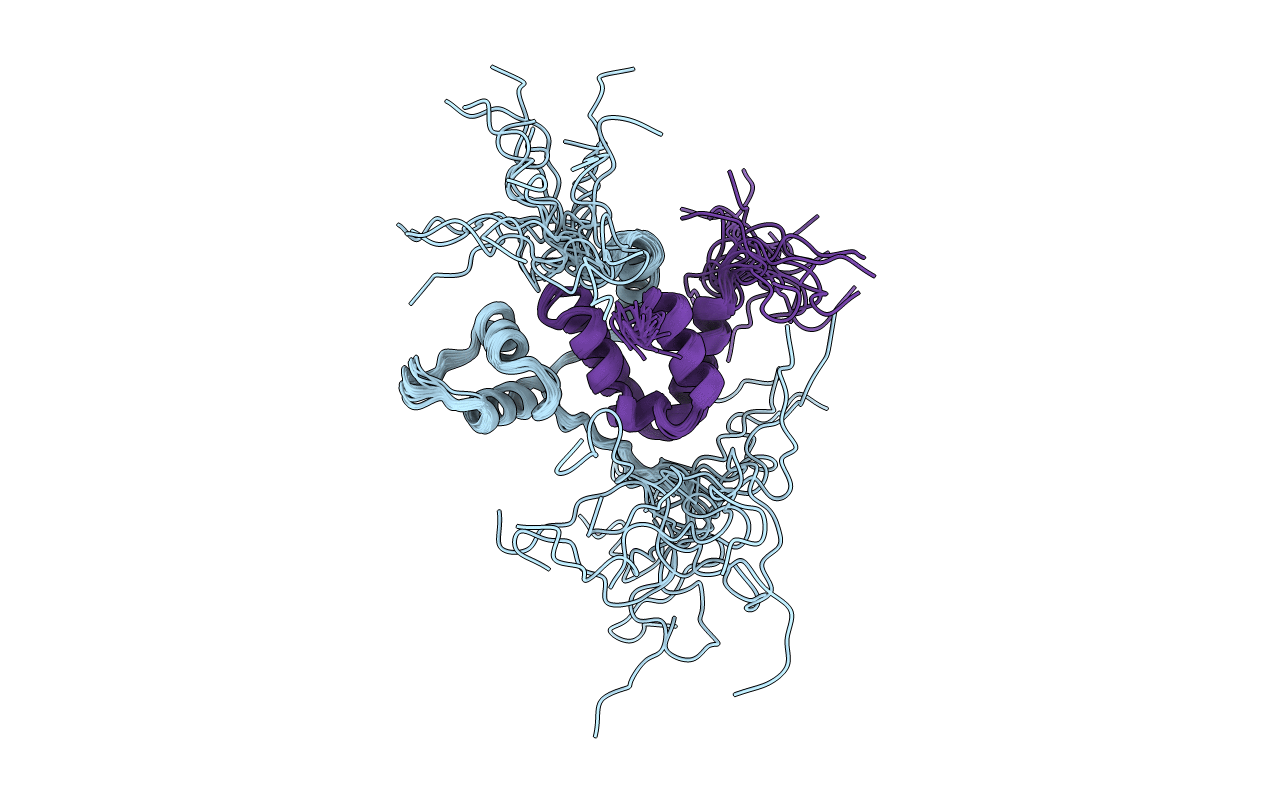
Deposition Date
2011-05-16
Release Date
2011-06-15
Last Version Date
2024-05-15
Method Details:
Experimental Method:
Conformers Calculated:
80
Conformers Submitted:
20
Selection Criteria:
structures with the lowest energy


